In the history of material culture we find ourselves studying the evolution of art through utilitarian objects – furniture, woven goods, pottery, etc. all fall into this category. It was not merely enough to make something useful – humans from cultures around the world were compelled to make objects that served a purpose, but were also beautiful. Through these items, the evolution of design is studied.
In the world of woven goods, carpets are obviously utilitarian items, but have long since their origin become more connected to the decorative realm of the design world – we no longer NEED carpets to cover our floors, but we still WANT them because of their aesthetic value.
But I have no intention of focusing on carpets in this essay; here my focus will be woven utilitarian objects of the collectible nature – tent bands, horse covers, bag faces, etc. It is the incredible decorative execution of these items, which serve a labor intensive purpose, that captivates my attention and imagination. Why put such intricate effort into a piece of a bag that will carry grain, or a strap that will hold one’s tent together? It is this special connectedness to utilitarian arts which fascinates collectors and art historians around the globe, and gives these items lasting historical value.
Tent Bands
It should seem obvious from the name of these straps what their intended purpose was, but they were actually so much more than that – they were multipurpose items; used and reused in a plethora of ways. Yes, they were used to brace support beams of nomadic tent structures, but they were also used to tie goods onto the backs of work animals, and as instruments of fun (being hung over a tree branch they could be used as a swing).
Although many nomadic peoples used decorative tent bands, it seems that the inhabitants of Central Asia are the ones who used them most – certainly as a structural component for yurts. The interesting thing about decorative tent bands, is that they were more of a luxury than a necessity, as pointed out by expert Richard Isaacson:
“They didn’t have to have bands. In fact, in Mongolia the tents have a piece of rope…Still, the people in Central Asia love decoration; they live in this very sparsely decorated, difficult, arid climate, and they find some way to make beauty. And they do that in this case by decorating these bands and making them something very special and an important part of their heritage.”
-Richard Isaacson (Central Asian tent band expert)
Below you can see one incredible piece of tent band art that we have in our collection. At 37’7″ long, this Yamoud tent band has the length to incorporate a variety of design elements, each section executed skillfully in line with the Baluch Turkmen tradition. To view this band on our website, click here.
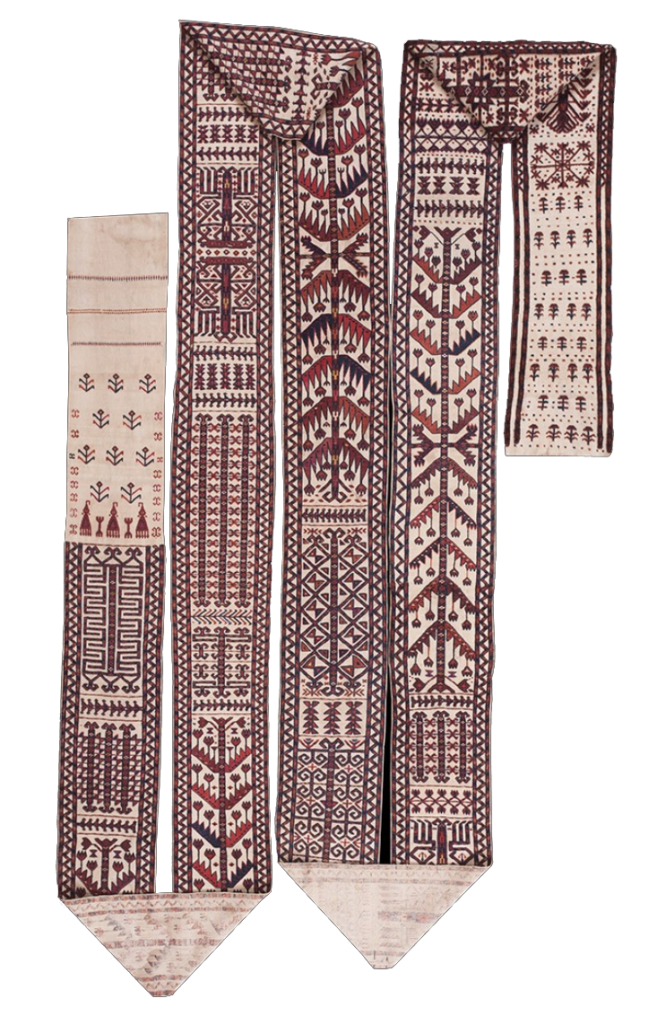








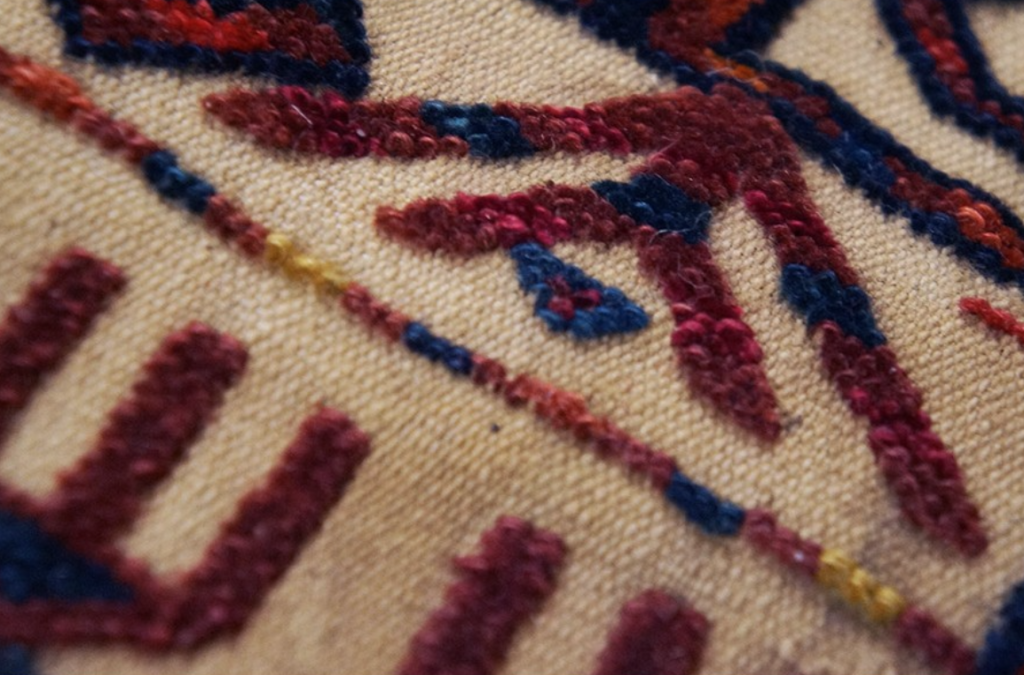
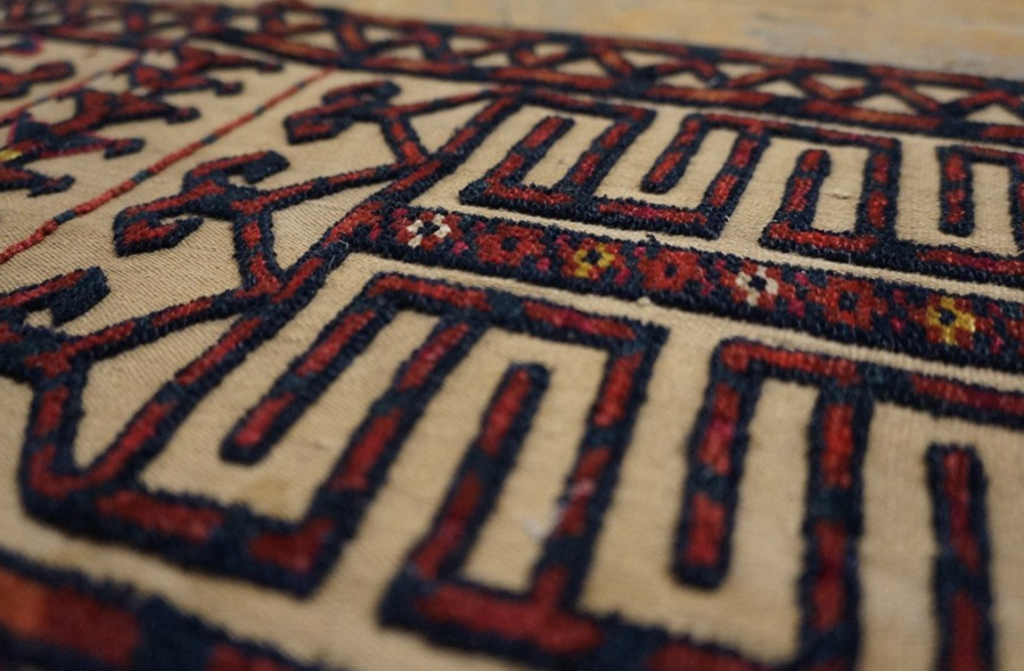
Horse Covers
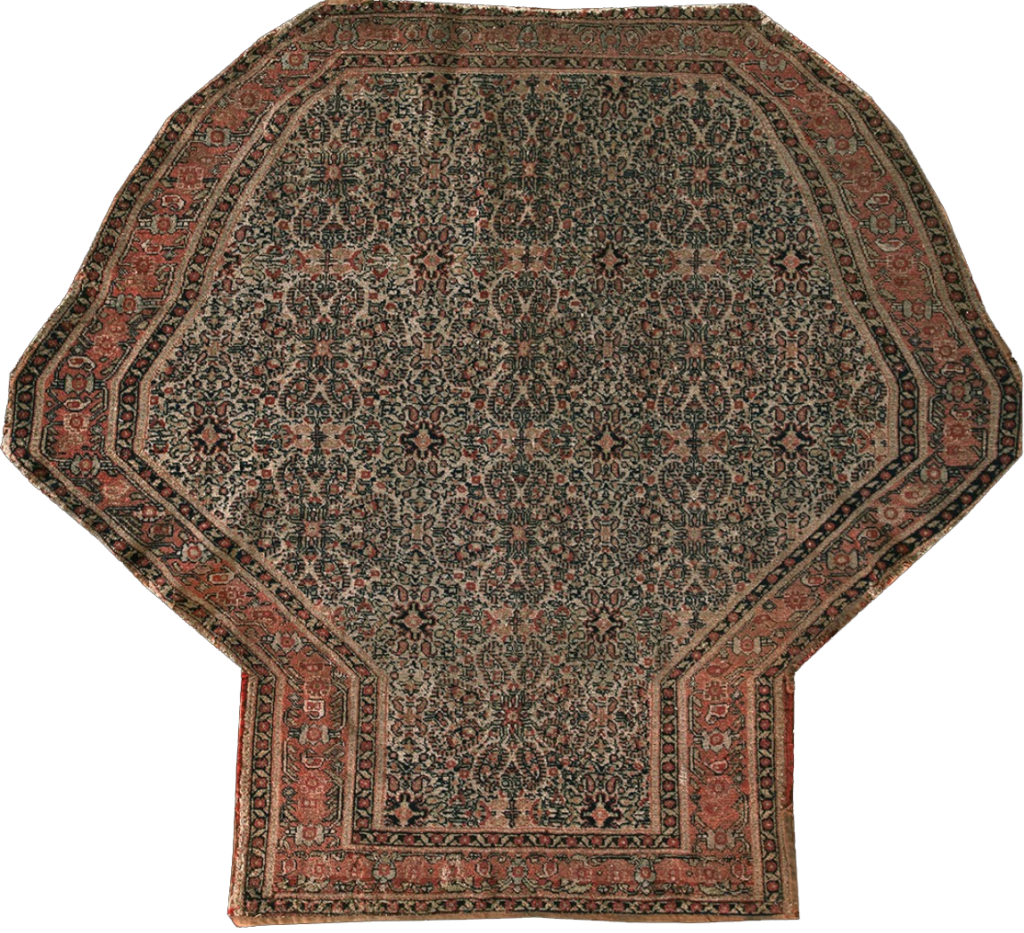
What exactly is the purpose of a horse cover? It is the piece of material which sits between the horse and the saddle – to avoid chafing the horses skin. In some, more tribal, groups it may have been used in lieu of a saddle.
Used in a plethora of places around the world, this woven item is an ode to mankind’s historic dependency on horses – especially in tribal or agrarian cultures. It is a way of displaying social or military status, as well as the importance of one’s relationship with their horse.
In China, India, Persia, and Turkey the creation of horse covers as items of rank were only allowed to be woven by skilled members of guilds after many years of training and apprenticeship. Alternatively, in tribal cultures such as those of the Caucasus, nomadic tribes of Turkey and Persia, and Berber tribes of Morocco the women were likely the weavers; and while the end product may not have signified rank within these groups, they often contained symbols of protection and good fortune.
Because of the nature of their use, as well as sociopolitical happenings, only so many of these items pre first quarter of the 20th century exist today.
Many of these covers that displayed badges of rank were intentionally destroyed during times of war to protect the owner and their families from harm. During the Chinese revolution dignitaries and military officials burned items with their insignias to prevent capture and/or death.
Below you can see some of our Chinese horse covers, arranged in order from oldest to newest. To see our full collection of Chinese saddle covers, click here.

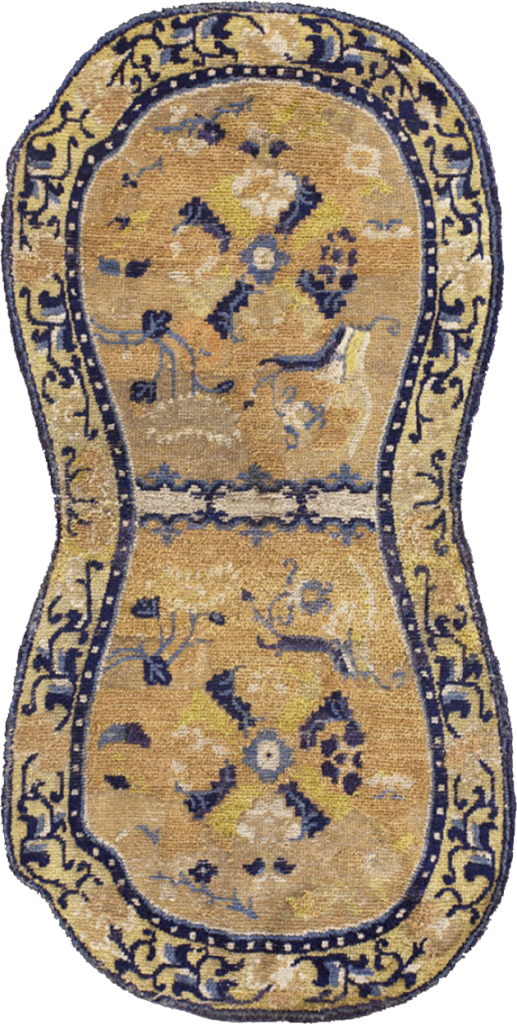
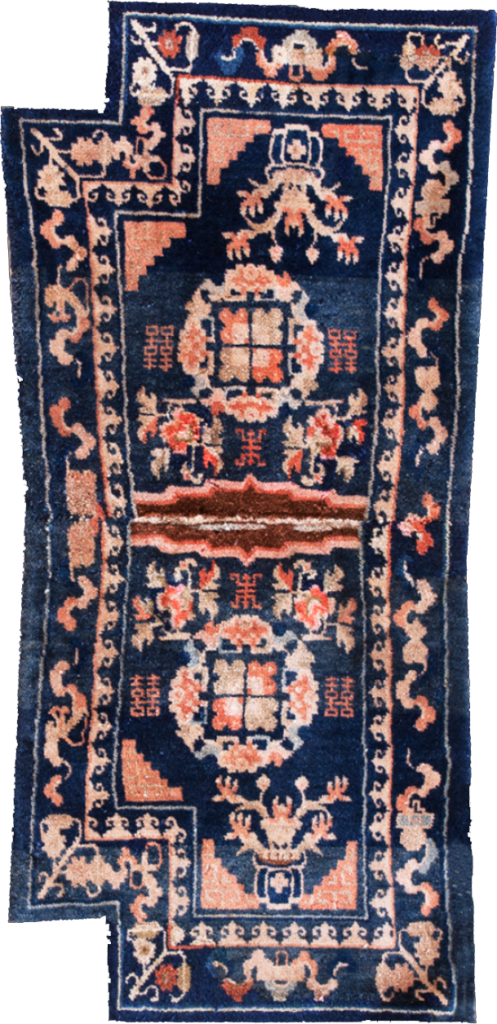
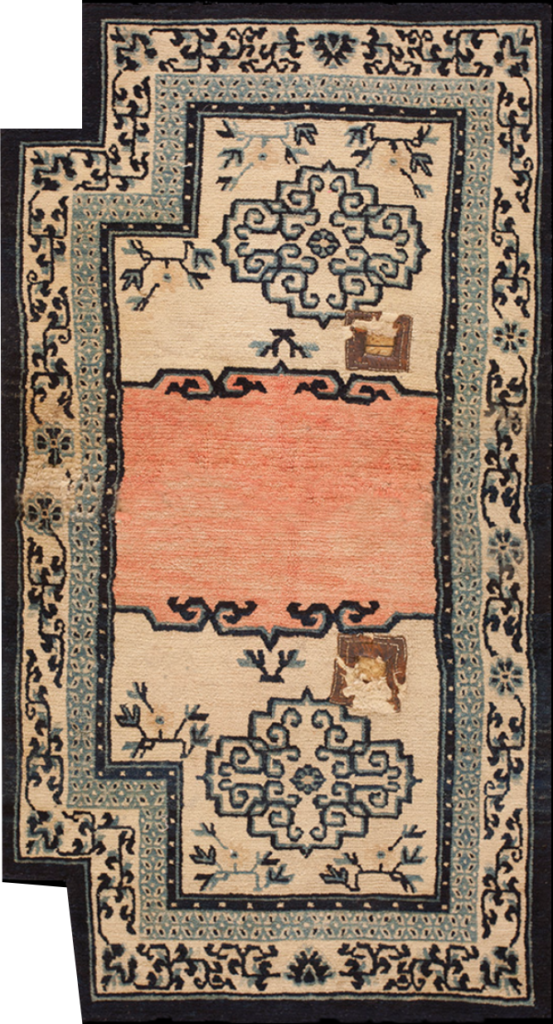
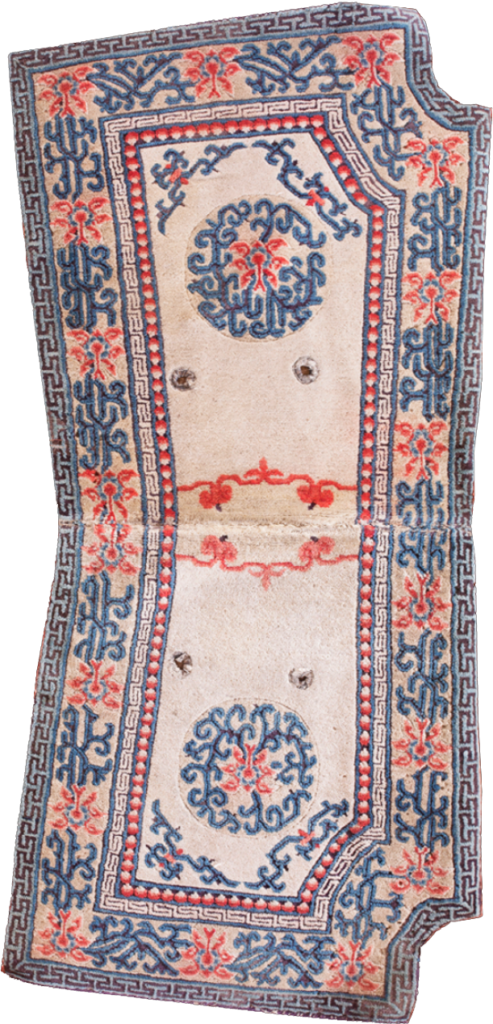
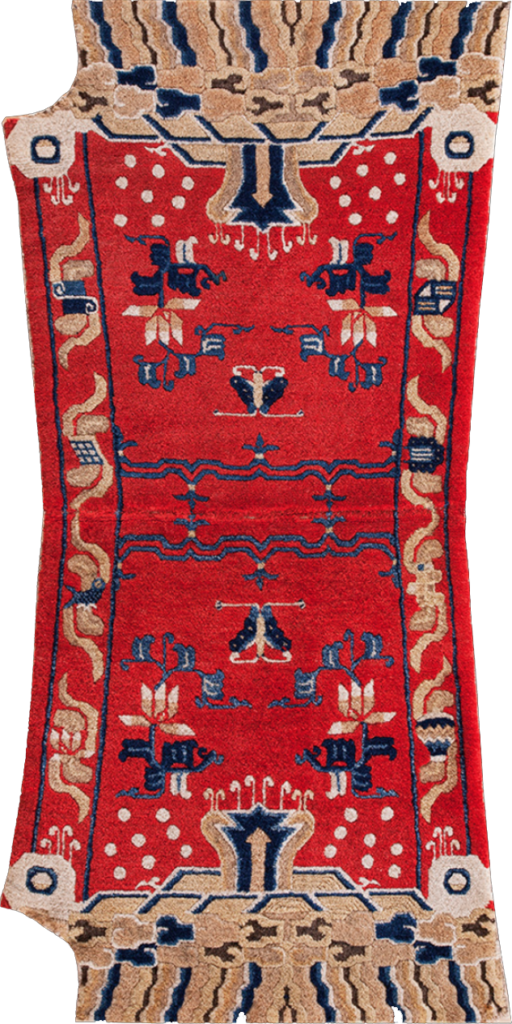
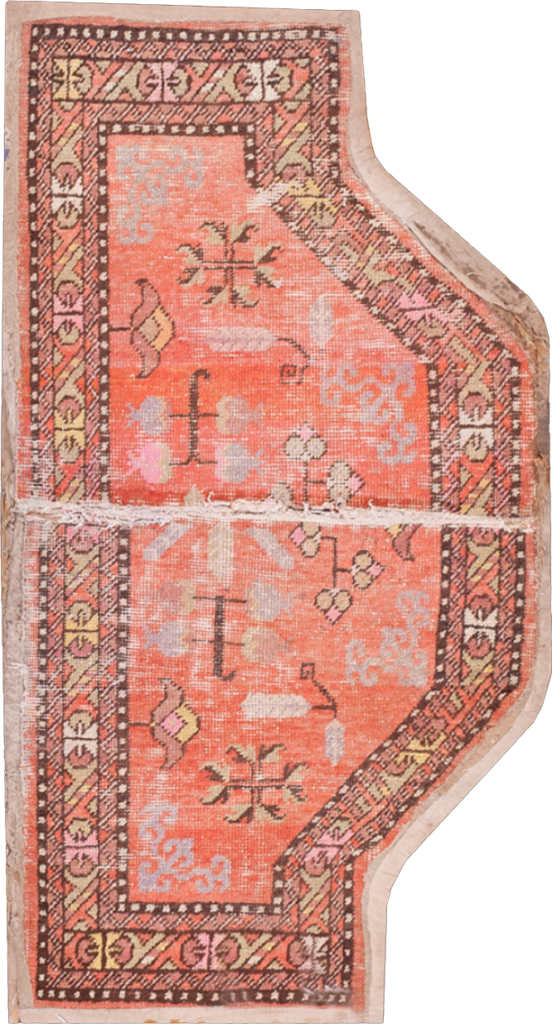
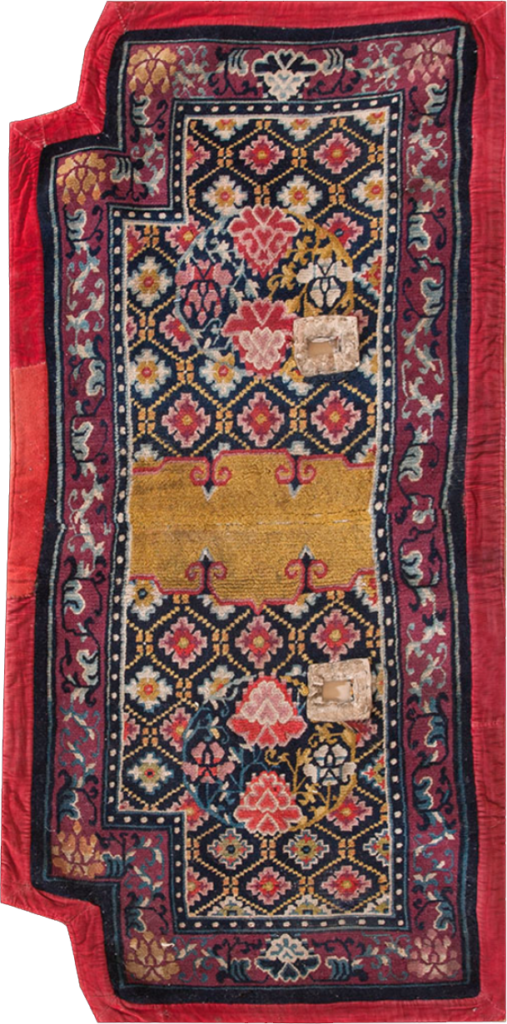
Bag Faces
Though the most common type of bag face that we are familiar with in the western world are saddlebags, storage sacks and bedding bags are also common use items that fall into this category. Saddle bags are constructed of two decorative pouches connected by a center bridge. In Western Anatolian Turkey it was common to elongate this center bridge and add a slit that could be slipped over a person’s head and used as shopping bags in the marketplace – making them a multipurpose item.
When you think about it, bags simply need to contain things for transport; so why make them decorative? Due to the small scale of these items, weaving them encouraged experimentation with pattern, technique, and color. Perhaps they were used as practice for larger scale items, or as a teaching tool for young weavers; or perhaps people simply love beautiful objects. The latter may be confirmed by the fact that once the undecorated woven backs of these sacks became badly worn, the ornamented faces were removed and kept as family heirlooms.
Woven decorative bags were most often used by tribal and nomadic cultures throughout the Middle Eastern Oriental world. Over time as nomadic people began to settle into village life and turned to oriental rug production the output of utilitarian objects such as bag faces began to diminish. This is why it is extremely rare to find recent examples of such objects.
Due to their creative expression and utilitarian history bag faces have become a collectible item sought after by lovers of history and culture around the world.

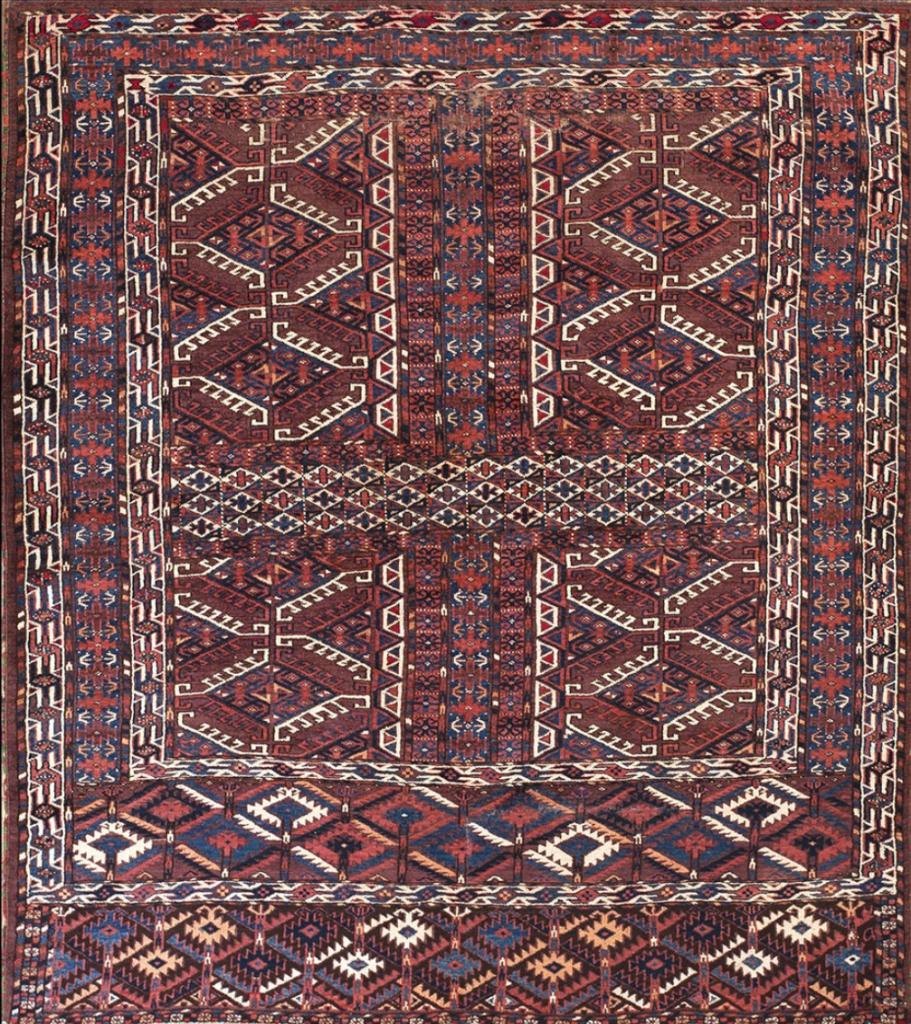

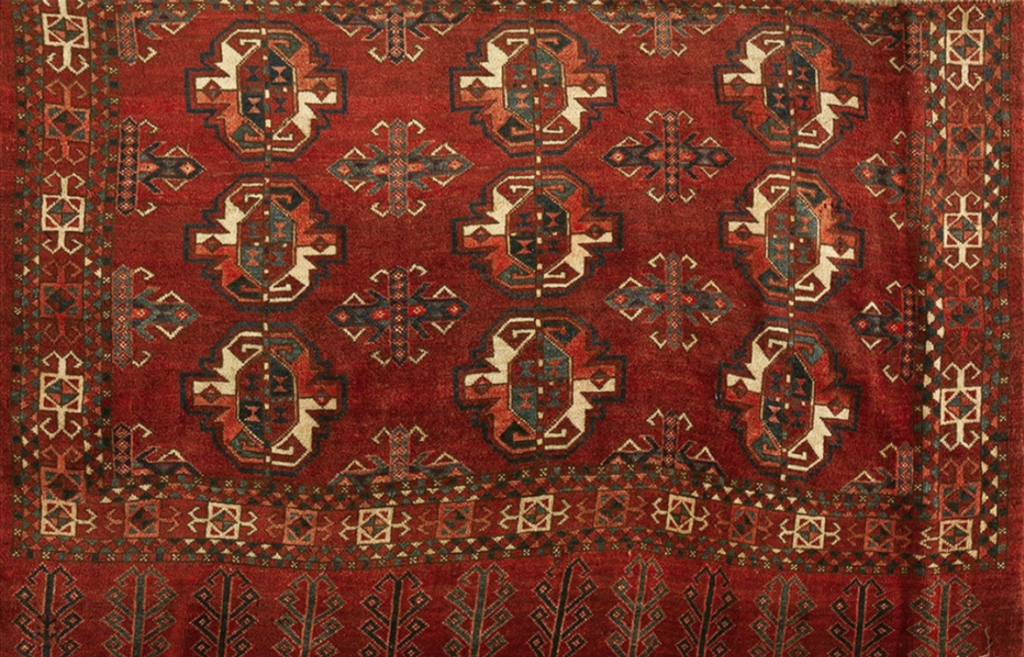
If you’re looking to view some antique utilitarian art, search our website or contact us to find the perfect item for your collection.

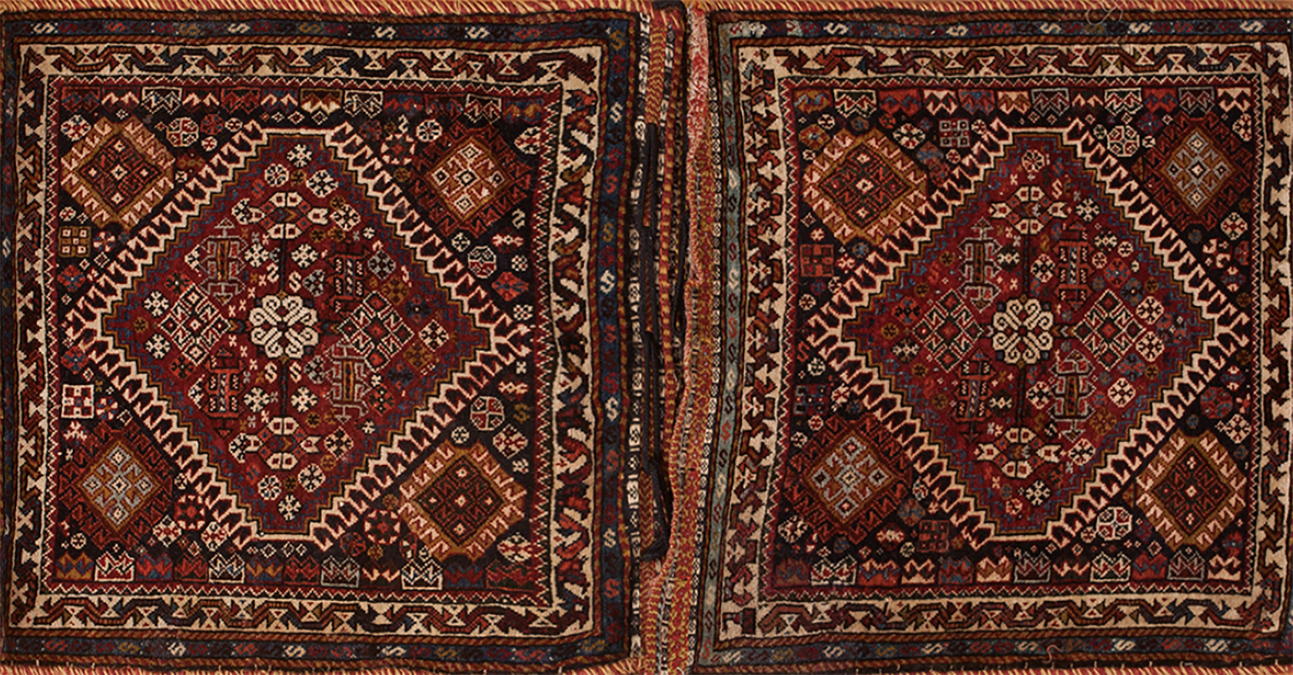
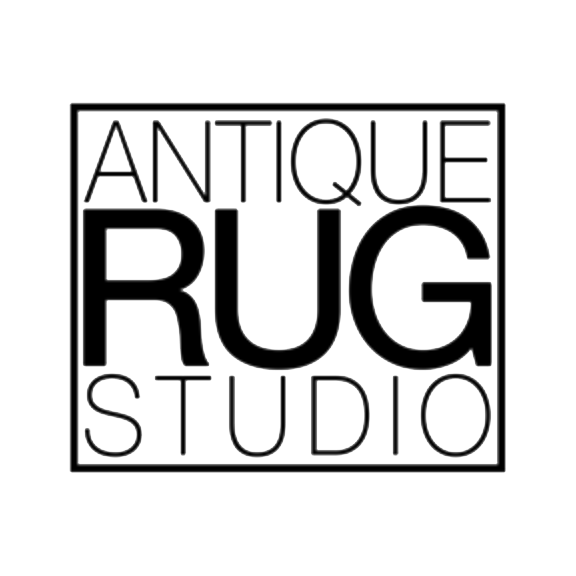





Leave a Reply